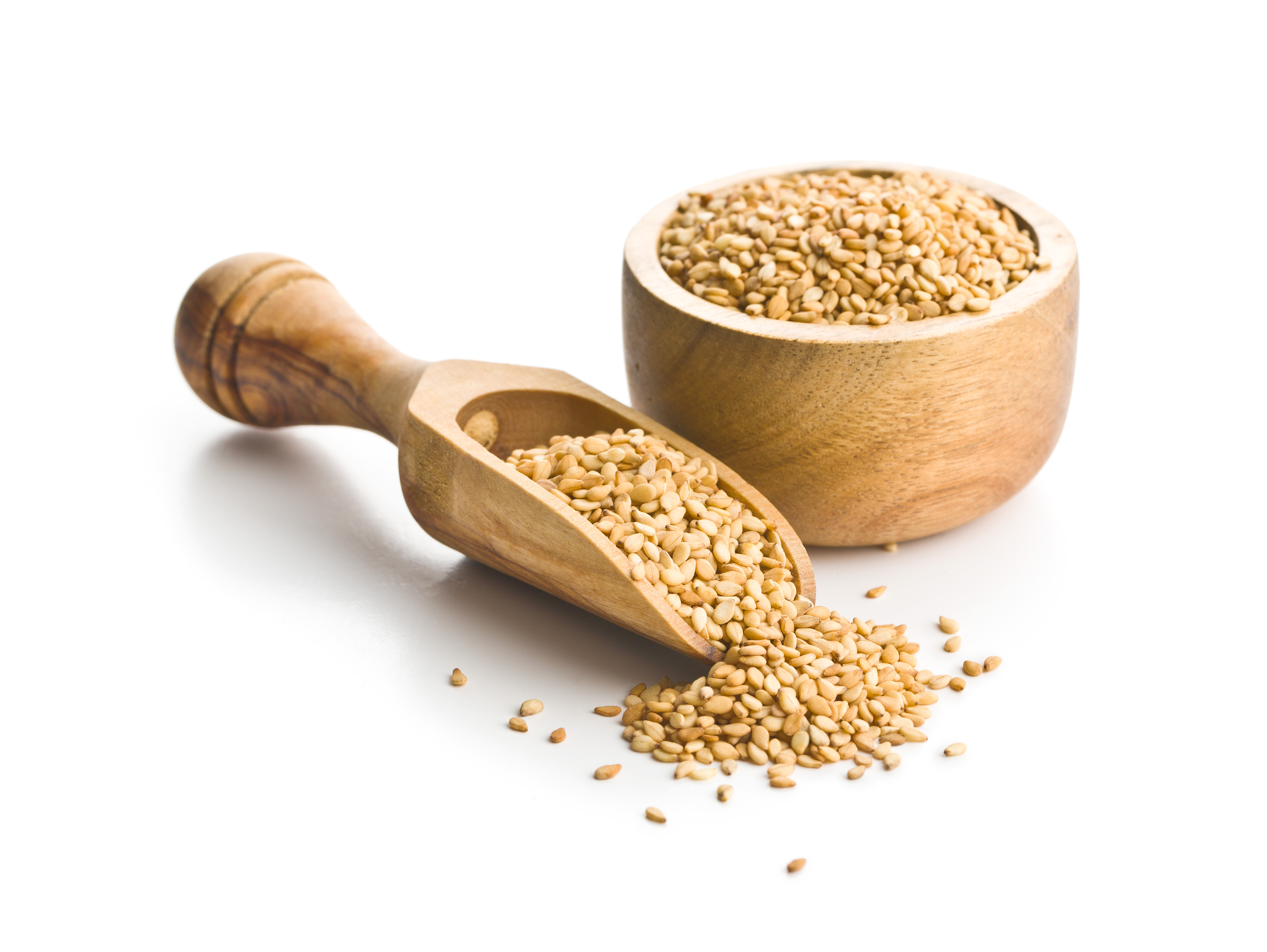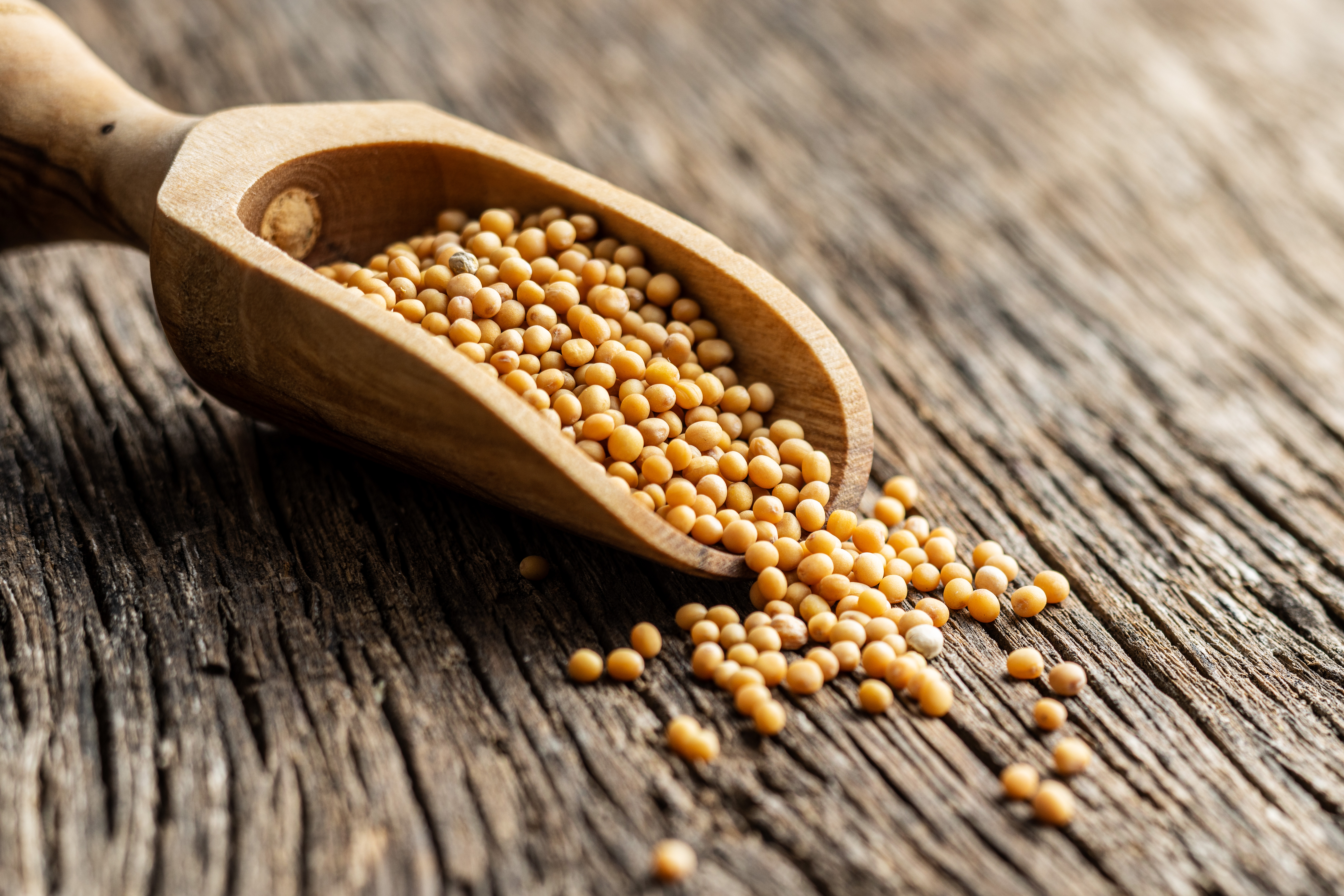10 Hidden Food Allergy Triggers Lurking in North America
9. Sesame: The Emerging Allergen

Sesame allergies are increasingly recognized as a significant concern, leading to changes in labeling laws in some regions. This section examines the proteins in sesame seeds that trigger allergic reactions and the prevalence of sesame in various foods, from bread to ethnic cuisines. We discuss the challenges of avoiding sesame in a diverse food landscape and the importance of clear labeling. The section also addresses the role of education in helping individuals with sesame allergies navigate their dietary restrictions safely and the potential for cross-reactivity with other seeds and nuts.
10. Mustard: The Unexpected Threat

Mustard allergies, though less common than peanut or dairy allergies, are gaining recognition as a significant food allergen. The proteins in mustard seeds, particularly Sin a 1, can trigger severe allergic reactions, ranging from mild skin irritation to anaphylaxis. Mustard is often hidden in spice blends, salad dressings, sauces, marinades, and processed meats, making it difficult to avoid without careful label reading. Since mustard is widely used in condiments, fast food, and packaged goods, cross-contamination is a real risk for those with severe allergies. In some regions, including Canada and the European Union, mustard is now recognized as a priority allergen, requiring clear labeling on food products. Awareness and vigilance are key in managing mustard allergies, as its presence is not always obvious in ingredient lists.
